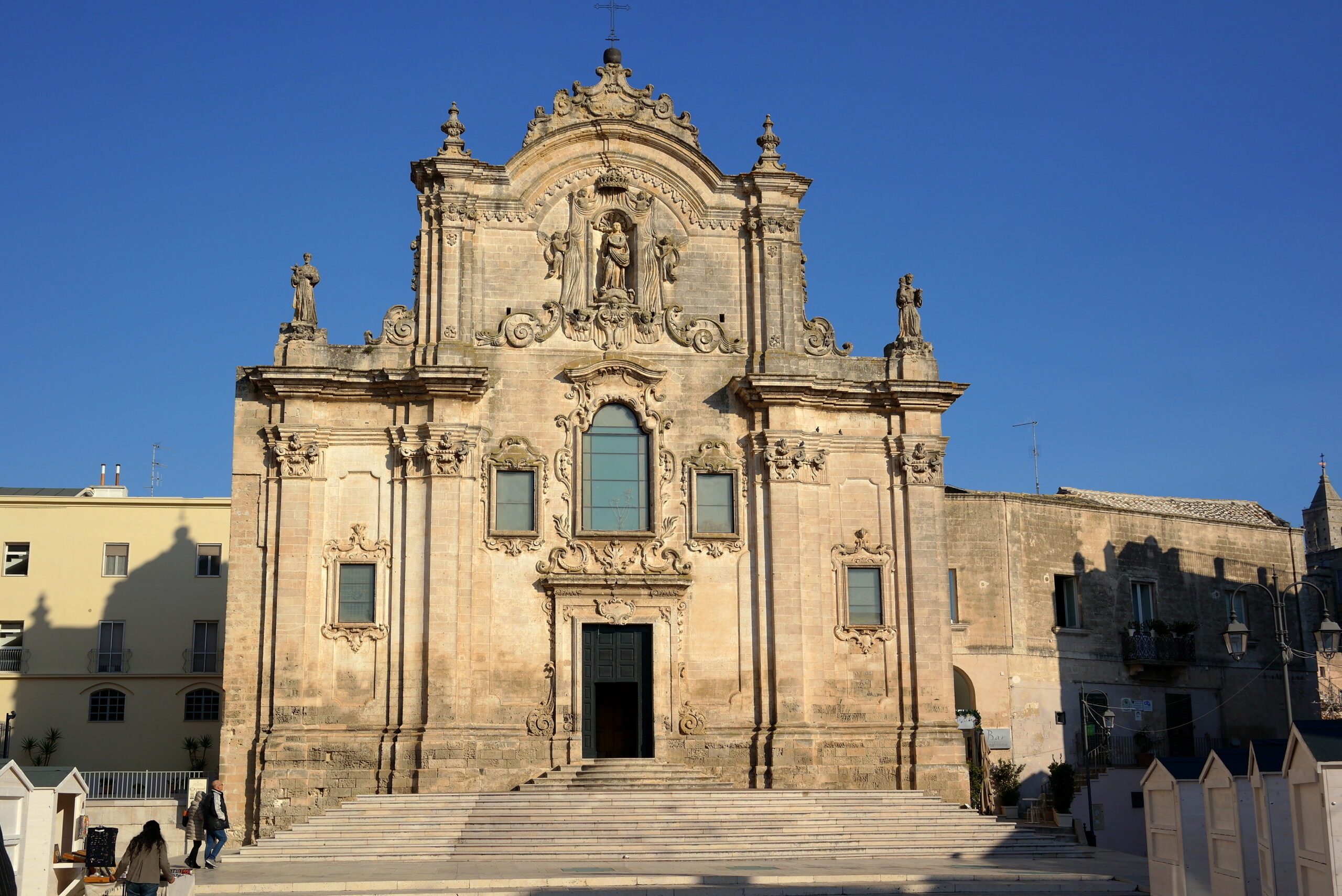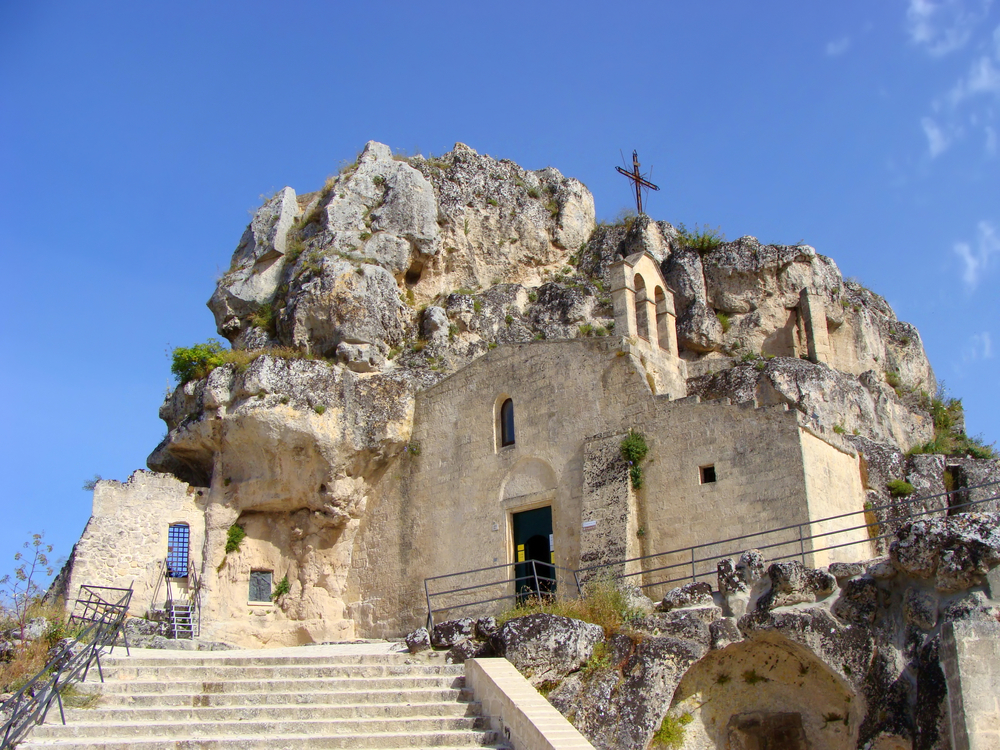

It is a true one-of-a-kind and feels like it’s off-the-beaten-path compared to other destinations in Italy. Matera is definitely ‘discovered,’ and the challenge remains to keep it a living, breathing city for locals. It was the ultimate revenge on the city’s detractors when the ‘national disgrace’ became the European Capital of Culture in 2019, proving what its inhabitants had always known: that Matera is a national treasure. The caves had their own renaissance and quickly began to house luxury hotels, bars, B&Bs, restaurants, business start-ups, museums and arts organizations. This brought more money and attention to Matera and its incredible sassi. The caves were perfectly suited to the Italian concept of ‘un albergo diffuso’, where tourist accommodation is spread over several buildings. In 1993 it became a UNESCO World Heritage Site, with the organization’s reason being that it is ‘the most outstanding, intact example of a troglodyte (cave-dwelling) settlement in the Mediterranean region, perfectly adapted to its terrain and ecosystem.’ In the 1980s, government grants allowed this process to begin. Over time, however, many of the locals wanted to restore the sassi, a proud part of their culture. However, it remained a ‘dangerous’ place to most of the local community, associated with drugs and delinquency. Slowly but surely the sassi were rediscovered and hippy squatters, artists and the simply curious began to populate the caves once more in the ‘60s and ‘70s.

It resembled an Italian presepe, or nativity scene, and was the perfect setting to represent the Holy Land and Jerusalem. While some may have been unhappy, most were more than happy to trade their stones for indoor plumbing and formica.įor decades the sassi remained uninhabited, but Pier Paolo Pasolini’s film ‘The Gospel According to Matthew’ brought this landscape and its beauty, with no signs of modernity at all, back into the national consciousness. In 1954, the Italian government built 3 new areas of public housing around the city, moving almost 20,000 local residents out of the sassi. His writing brought the area and its squalor into the national spotlight and led to the area being called the shame of Italy. While there, he visited Matera and wrote about it in his book, Christ Stopped at Eboli, published in 1945. The people of Matera lived quietly in poverty until author/political activist Carlo Levi was confined to exile in the nearby town of Aliano because he was anti-fascist. What had been a city with a continuously inhabited, unbroken line from pre-history to modernity that was unique in the whole of Europe became a ‘national disgrace’, with inhabitants living in rudimentary conditions with no running water or electricity and sleeping alongside their animals. It was an important stop on the transumanza (where herders pass through with their sheep) and played a vital part in the wool trade, but in the 20th century with the invention of artificial fabrics and cheaper wool sources it began its steep decline.

The Basilicata region is arid and dry, but the city had a system of cavernous cisterns that were nothing short of an engineering miracle. Calcareous caves that were formed naturally over the centuries were inhabited and expanded on by their settlers. Humans expanded on what nature already offered. The cave dwellings were originally an ingenious system, almost like an oasis in the desert. Archaeologists have found artifacts in the city’s caves dating back to pre-Neolithic times. It is one of the oldest settlements in Italy and probably one of the oldest in the world. It’s said that the sassi have been inhabited for around 10,000 years.


 0 kommentar(er)
0 kommentar(er)
